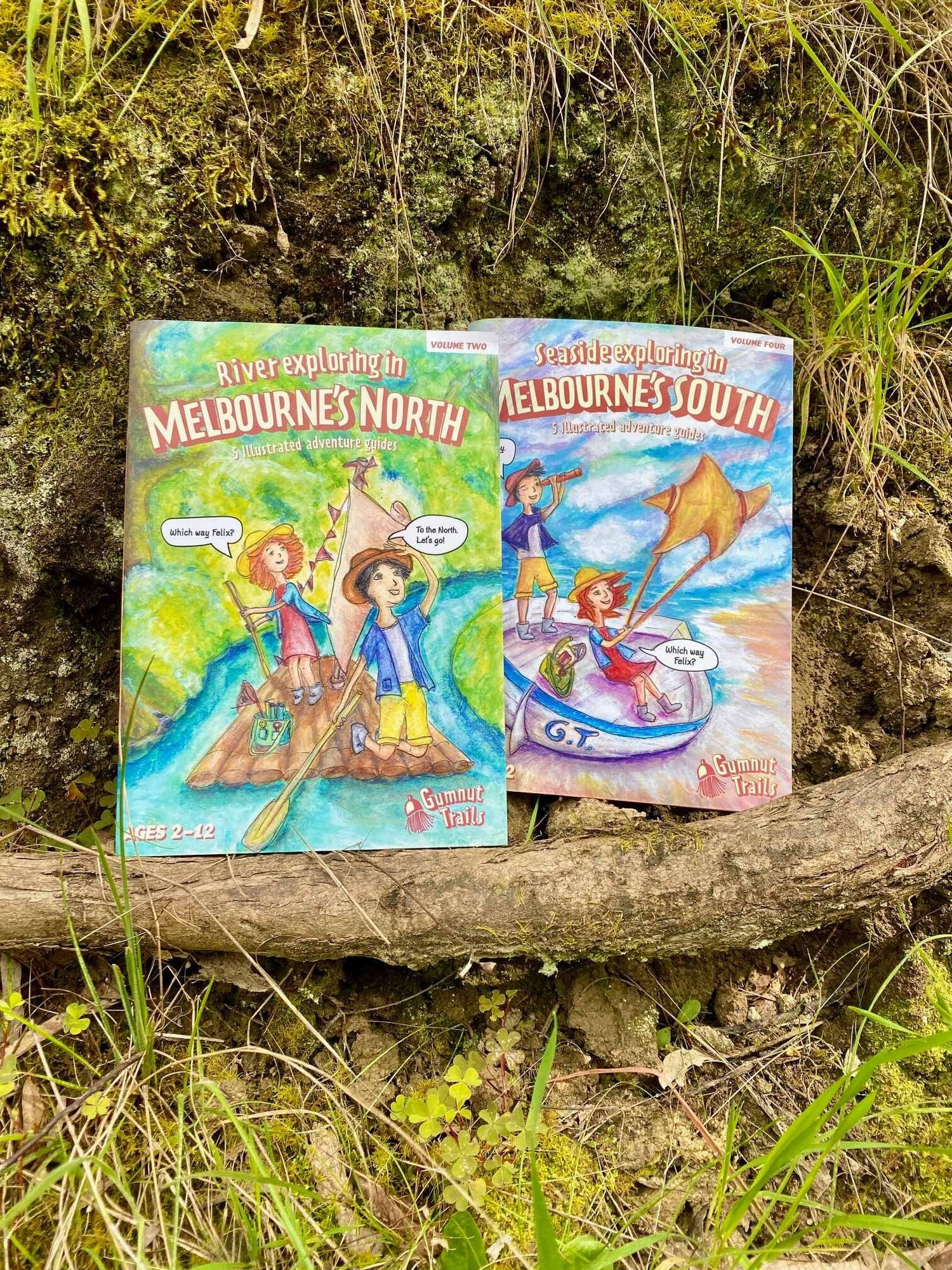Rocks and Fossils
Geology is the science of reading ancient history in rocks and fossils! They tell us long forgotten stories of how the earth was shaped and formed and what life was like in distant times. From smooth to rough rocks, to multi-colour and rocks formed from (solidified) molten lava. Below is a sample of the rocks you may see when you’re exploring.
Fossils are signs of life found in ancient rocks. These fossils are mainly from the Cambrian era (500million years ago) and are the first signs of life on Earth! They were once buried deep in soft sands. Then intense pressure and heat made the sands hard, capturing the fossils for evermore.
Fossils
-
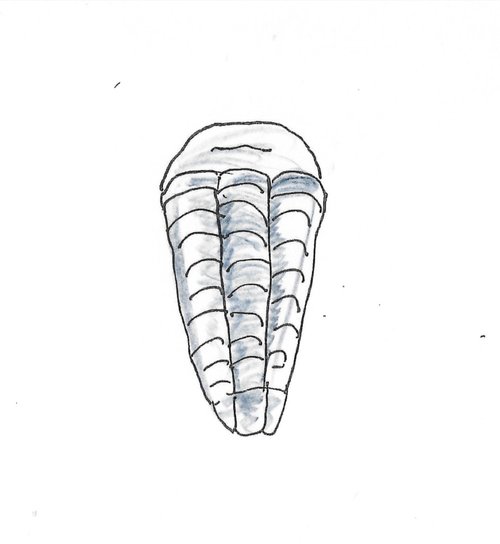
Trilobite Fossil
There are over 20,000 different types of Trilobite fossils. They were marine creatures, had 3 parts (tri) and are 540million years old! They became extinct.
-
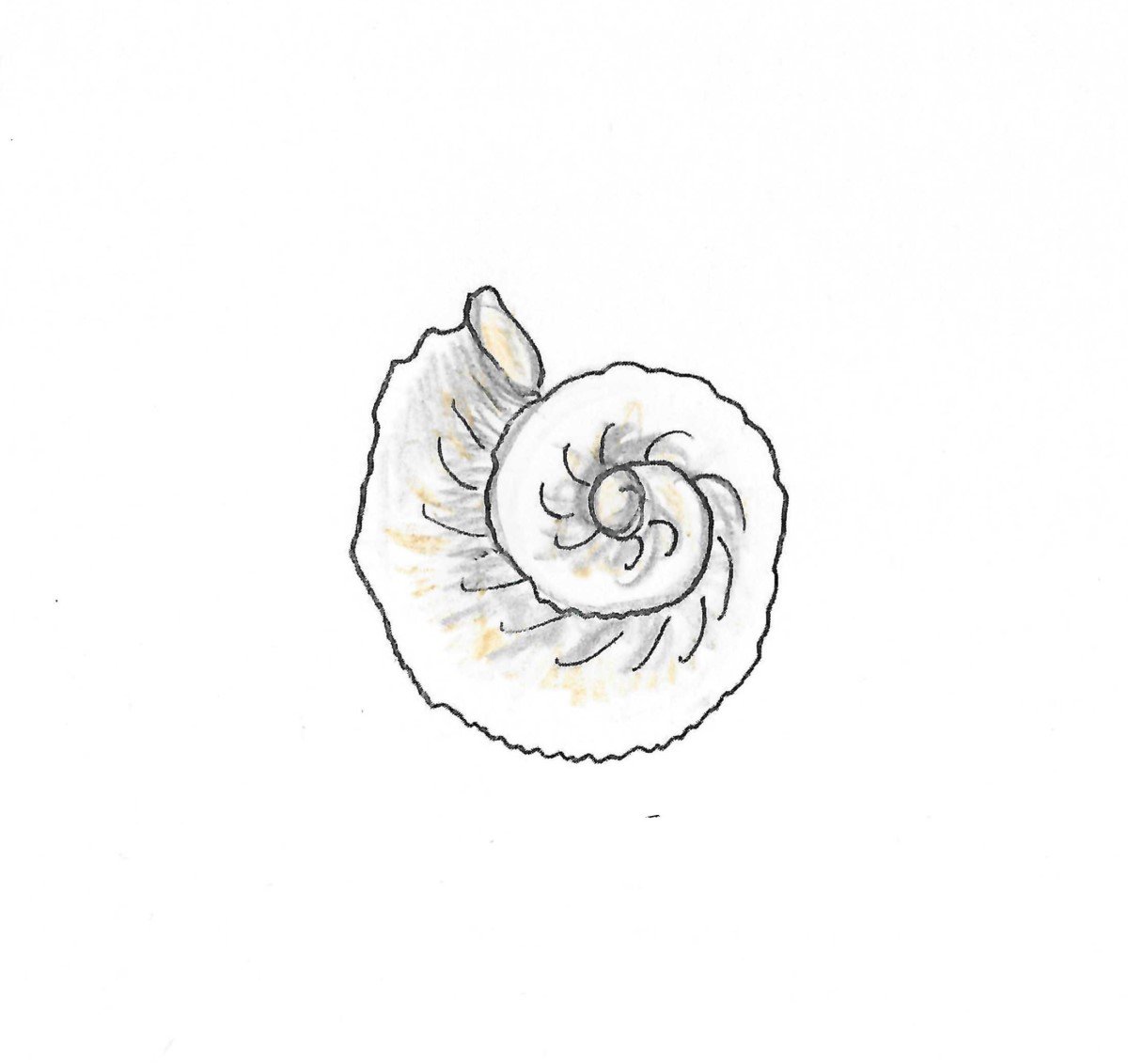
Ammonite Fossil
One of the most well-known fossils from the sea - they can be 65 to 240million years old and vary in size. Their relatives today are octopus, squid, cuttlefish and others.
-

Gastropod Fossil
Gastropods started as marine molluscs and have evolved over time to live on the land and sea. Snails are a common living relative.
-

Bivalve Fossil
Bivalve means two shells. Mussels, clams, oysters, scallops are examples of bivalve molluscs. The two shells cover a large stomach, gills and foot.
These types of shells are often found all over our beaches.
-
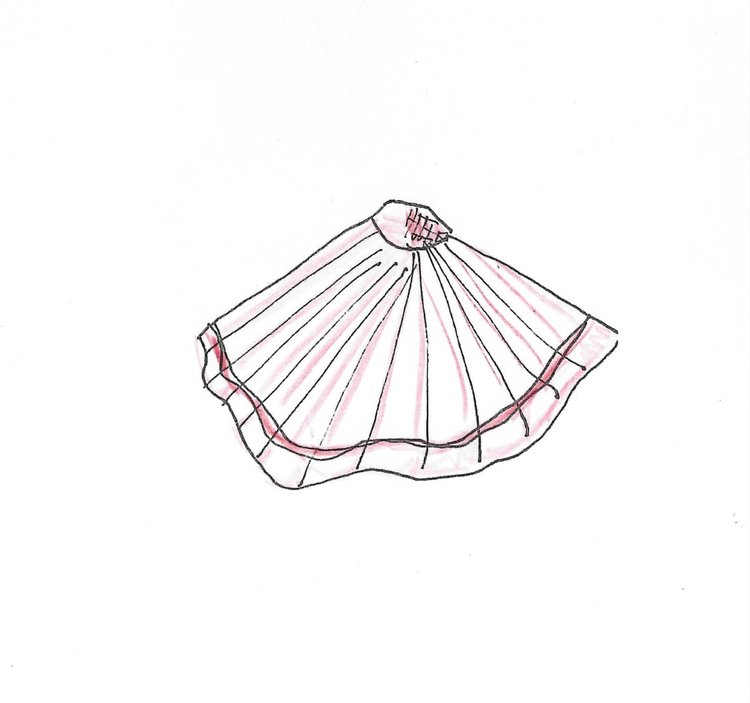
Brachipod Fossil
Brachipod’s are also called Lamp Shells and are marine invertebrates. The biggest Brachipod Fossils recorded were 30 to 38cm in size.
-

Shark Teeth Fossil
Shark teeth are a common fossil that can be found washed up on rocky shores.
Rocks
-
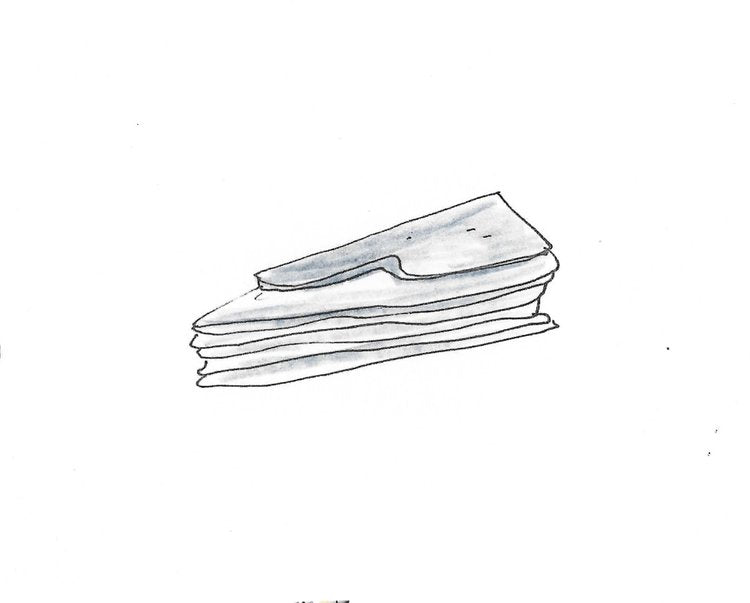
Slate
Slate feels very smooth to your fingers because it is made from silky fine grains of clay.
Slate is used for roofing and floors. It is soft enough to use as chalk on the rough surfaces of hard rocks like sandstone.
-
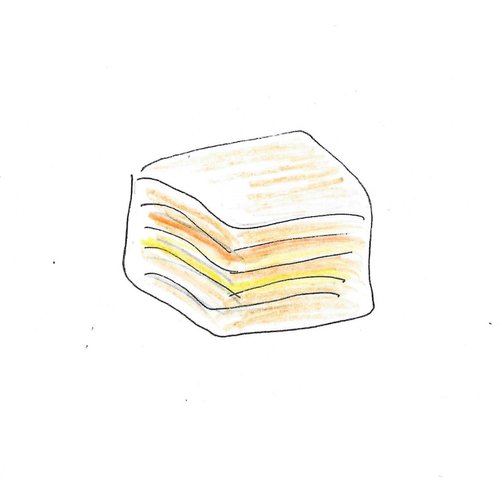
Sandstone
Sandstone can have vibrant colours of reds, yellows and browns. These colours are from mineral traces like iron and copper.
Sandstone is a hard sedimentary rock made of sand grains welded together by heat and pressure. The bits of rock and mineral quartz in sandstone are larger than the very fine minerals in slate, so they feel rough to touch.
-

Shale
Shale is a very fine sedimentary rock (slate) that has been cooked super hard in the earth’s oven. It is called a metamorphic rock.
Slate is made of mud and clay. When slate is baked in the earth to very high temperatures it becomes shale. Shale is very hard but it is brittle and can be easily chipped.
-
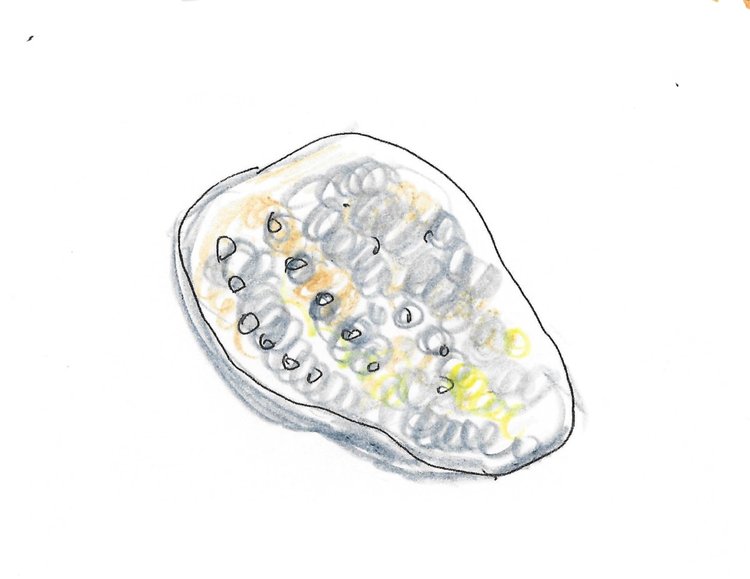
Limestone
Limestone is as hard/soft as sandstone and slate. It contains lots of shell fragments and fossils as well as sand grains (see the description of sandstone above).
Limestone is mined to make Lime and Cement for building.
-
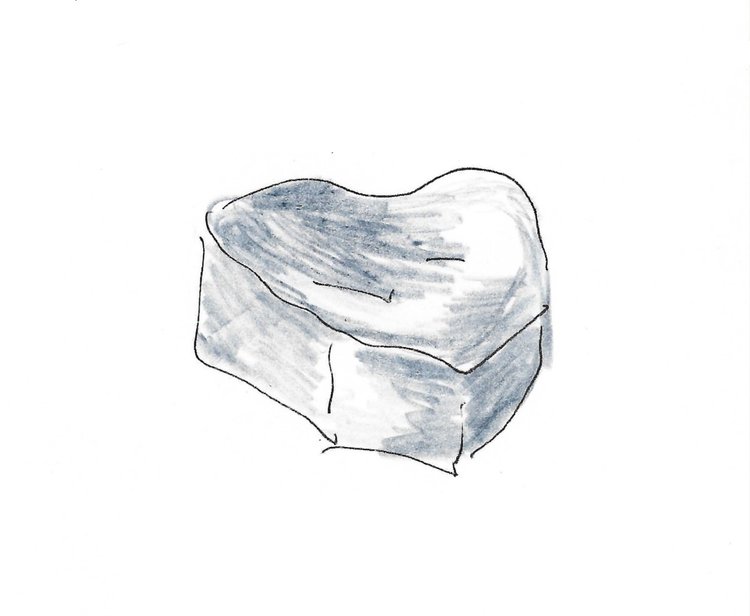
Basalt Rock
Basalt started as hot molten lava that flowed from volcanoes. The Basalt lava flowed like hot honey, filling river valleys.
When it cooled it became a very hard grey/blue rock called basalt, used for pavers and as blue metal on streets around cities like Melbourne.
-

Quartz
Quartz is found in other rocks and comes in lots of different colours and shapes. It can be crystal or just layered in colours such as white, purple, black, yellow, green or more.
It’s often found alongside gold and is very hard! If you scratch it with other rocks, it will leave a mark (on the other rocks).
